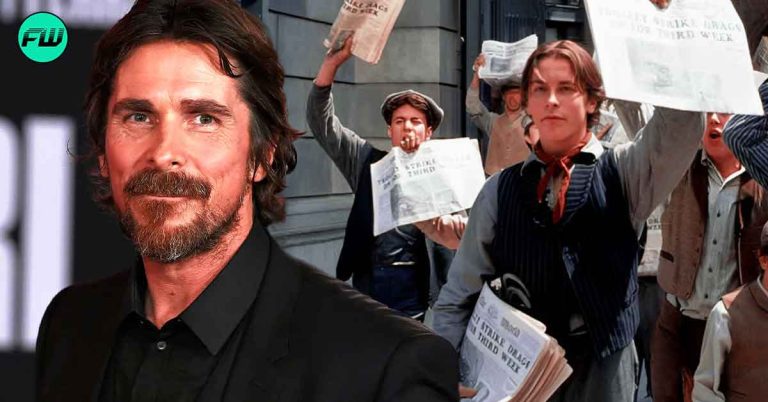If you’re still reeling after that shocking second season finale of The Mandalorian, then you’re not the only one. Unarguably the best thing to happen to a failing Star Wars franchise after years, the Jon Favreau and Dave Filoni masterpiece has revived the multi-billion dollar franchise in a way the sequel trilogy failed to achieve. Following the story of Din Djarin/The Mandalorian set in a Western-Space Opera genre five years after the events of Star Wars: The Return of the Jedi, the second season of the series brought back some of the most beloved characters from the franchise, including Mark Hamill’s Luke Skywalker in the surprising season finale twist.
Excelling in stellar acting performances, vivid locations, engaging fight sequences, and an awe-inspiring soundtrack from Ludwig Göransson, The Mandalorian has managed to accomplish that one thing that many previous Star Wars movies/shows have failed: to unite the fans for once and for all. As a result, millions of fans across the world have paid homage to the show in their own ways. However, one Brazilian artist by the name Butcher Billy has particularly shone with his stunning retro-styled posters for each episode of The Mandalorian, which perfectly captures the essence of Geroge Lucas’ original trilogy with his own added creativity.
The Marshal and The Passenger
Stylized in the image of retro horror-comedies, both Chapter 9 and Chapter 10 perfectly capture the light-hearted nature of the episodes while still retaining the grotesque monsters that terrorized Mando and his allies.
The Heiress and The Siege
The attention to detail in both these posters are mind-blowing. Did you check the bottom left corner of The Siege‘s poster? Yeah, a perfect homage to the jeans guy who accidentally appeared in the episode.
The Jedi and The Tragedy
As Ahsoka was the highlight of Chapter 13: The Jedi, the poster is entirely dedicated to the former Jedi padawan. Similarly, The Tragedy brought back fan-favorite Boba Fett in his full glory, as shown by the iconic helmet with Grogu meditating on the top of the seeking stone.
The Believer and The Rescue
The Believer was undoubtedly one of the most important episodes of the series from Mando’s point-of-view. As a member of the radical Death Watch, Din Djarin’s strict code against removing the helmet was tested as he tried to find Grogu. Also, Bill Burr’s unforgettable performance in the episode was definitely a highlight. The final episode, The Rescue, brought back the legendary Jedi Knight Luke Skywalker. But, the heartbreaking scene of Mando bidding farewell to Grogu deservedly received the praise, and a center-piece on the poster too.
Additional Retro Posters
Like the show itself, the posters accurately depict the tone of each episode with the Butcher Billy’s artistic expertise. As the first two episodes of the second season were relatively light-hearted in nature, naturally the posters are drawn in late ’70s comedy-horror style. As the series progressively became darker with each episode, the posters also followed suit while still retaining the signature ’70 retro style topped with a weathered look and bright color palettes.
Related: The Mandalorian Season 3: All You Need To Know
You can also follow him on Instagram, where many of his other collections are also available to check out.
May the Force be with you!

















